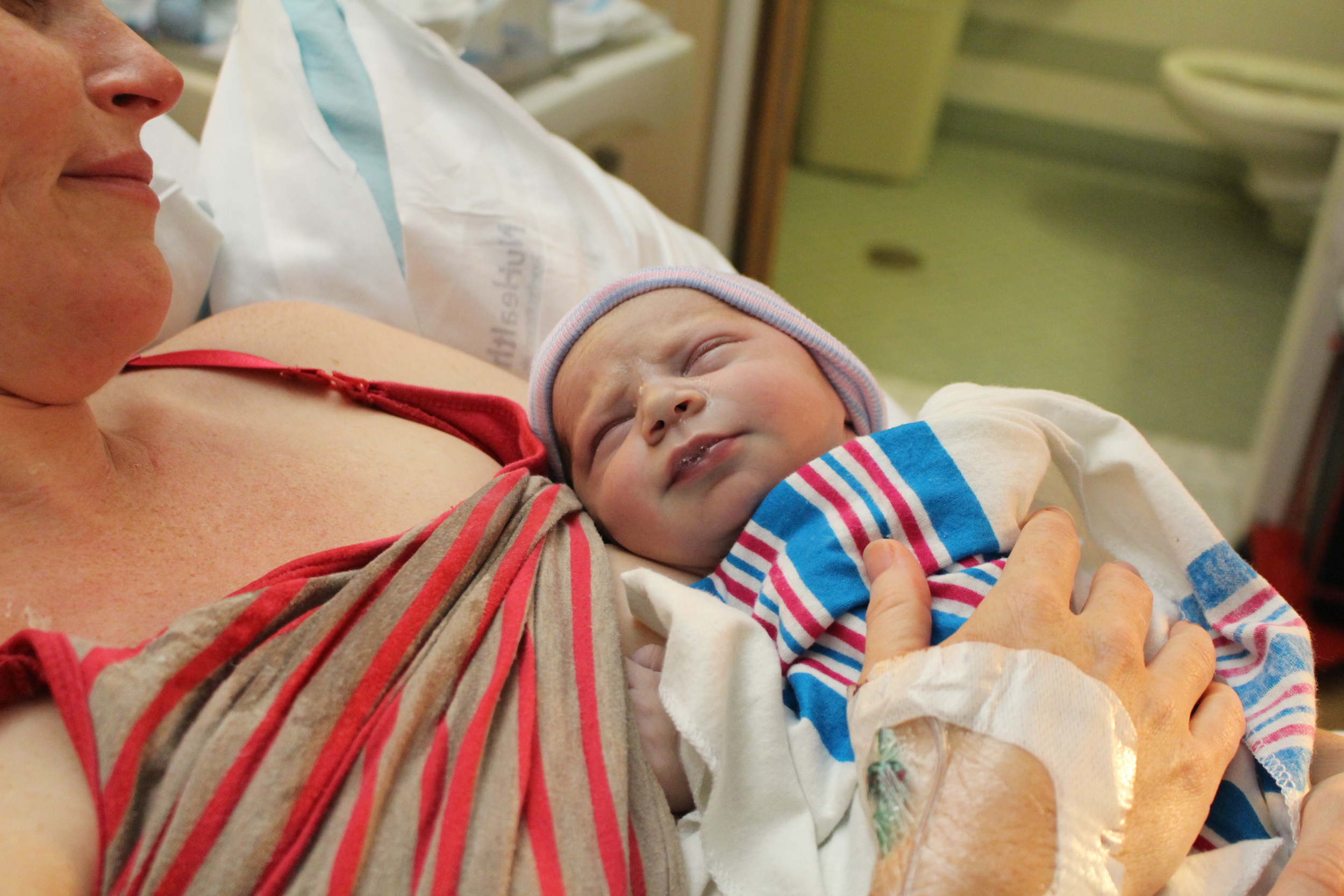You might be asking yourself, what can I do to increase my chances of a vaginal birth after cesarean (VBAC)? Here are a few newer studies I read and some thoughts about them. (Please know, while I try to look at high quality studies, I am not a nurse researcher and this is in no way an extensive literature review.)
Two things to consider, birth location likely matters, and maternal/fetal weight gain impacts outcomes as well. I think it is great the literature is reflecting birth location and outcome. This is true for vaginal birth and cesarean in general, not just VBAC. When possible, try to find information on birth settings in your area. Pre-pregancy weight and pregnancy weight gain are not new. This is something to pay attention to when planning for a VBAC. I would say this is probably more important if you are planning a hospital birth rather than birth center/home birth. Typical US hospital practices lead to immobility during labor.
In the most basic language – hospital matters. Vaginal birth after cesarean section rates among Michigan hospitals varied greatly. This is well known in New York as statistics are publicly reported. In this link you can see which NYS hospitals have the highest VBAC rate by first selecting vaginal births and then vaginal birth after cesareans. If you have a choice between hospitals you might want to make it based on this information like this.
Practice variation of vaginal birth after cesarean and the influence of risk factors at patient level: a retrospective cohort study https://obgyn.onlinelibrary.wiley.com/doi/epdf/10.1111/aogs.13059
While not a USA based study, this one also points to hospital variation in rates.
Factors associated with successful vaginal birth after a cesarean section: a systematic review and meta-analysis https://bmcpregnancychildbirth.biomedcentral.com/articles/10.1186/s12884-019-2517-y
This review included 94 studies, so there is a lot of information in it! It is open access, so feel free to read through more thoroughly. I will just highlight a few aspects that are potentially modifiable.
Obesity & Fetal Macrosomia are more likely to result in an unsuccessful VBAC attempt. If possible, maintain or obtain a healthy BMI prior to pregnancy. During pregnancy pay attention to recommended weight gain.
Gestational diabetes was also more likely to result in an unsuccessful VBAC.
Avoid induction of labor if not medically necessary. Gestational age did not impact outcome. This is a good reminder to not fall into the belief that if labor doesn’t happen by XX (insert arbitrary number) gestational age, it isn’t going to happen. Or that there needs to be a cut off of gestational age to be induced for a VBAC.
Vaginal birth after a cesarean delivery for arrest of descent https://www.tandfonline.com/doi/abs/10.1080/14767058.2018.1443069
Note - this study is small. 100 women attempted VBAC after a cesarean for arrest of descent (pushed, but baby wouldn’t descend), 84 delivered subsequently delivered vaginally! In general 84% is considered a high success rate, but particularly after an arrest disorder, this is pretty incredible. The authors conclusion was: This suggests that arrest of descent is mostly dependent on factors unique to each pregnancy and not due to an inadequate pelvis or recurring conditions. Women with a prior CD for arrest of descent should not be discouraged from attempting TOLAC in a subsequent pregnancy due to concerns about the likelihood of success.
I hope you are continually encouraged that the majority of women are candidates for VBAC! Access and support for VBAC are critical and in my opinion the biggest predictor of success.

